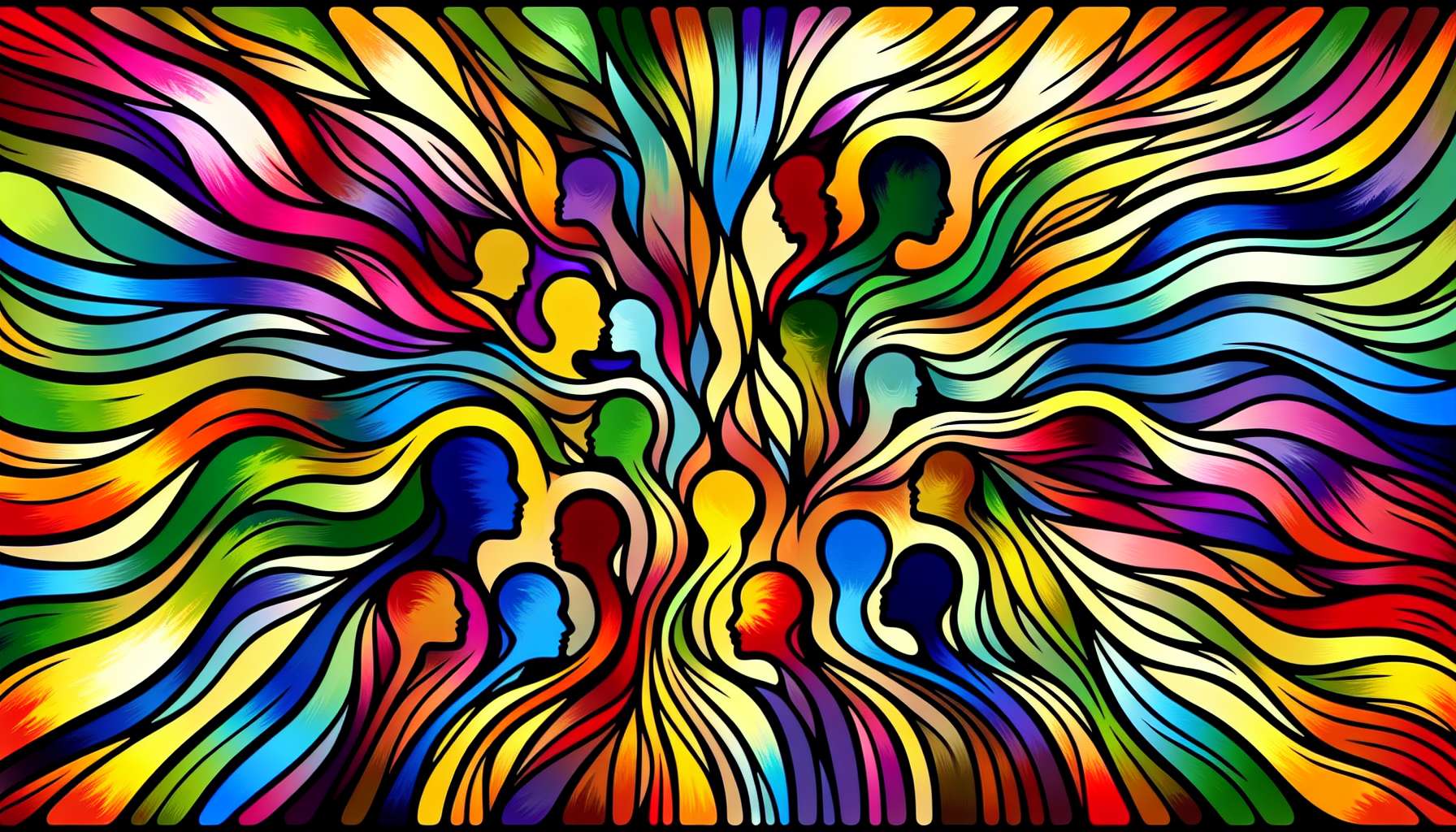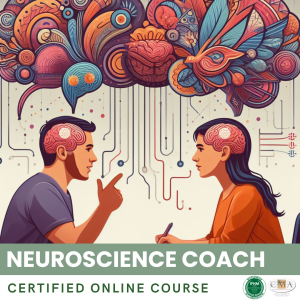Human sexuality is shaped by “sexual scripts,” i.e., culturally-defined scenarios that prescribe behaviors, roles, and expectations around sexuality. These scripts vary over time, across cultures, and between social groups. They are internalized from childhood through education, media, religion, and social interactions.
For LGBTQ+ individuals, these sexual scripts often conflict with their reality and desires. Heteronormative and cisnormnormative scripts, which assume that everyone is heterosexual and cisgender, leave no room for the diversity of sexual orientations and gender identities. They can create feelings of inadequacy, shame or guilt in LGBTQ+ individuals who do not conform to them.
However, LGBTQ+ communities have also developed their own sexual scripts that celebrate the diversity of practices and identities. For instance, in certain gay environments, sexuality is more disconnected from affection and conjugal ties than in traditional heterosexual scripts. Sexual encounters between men can be more sporadic, more anonymous and more focused on immediate pleasure. In lesbian circles, on the other hand, sexuality is often seen as inseparable from emotional intimacy and relational commitment.
It’s important to highlight that these scripts are neither homogeneous nor static. There is a broad diversity of sexual scripts even within LGBTQ+ communities, depending on subcultures, generations, social backgrounds, etc. Certain scripts can also be questioned and subverted, as demonstrated by the emergence of practices such as queer BDSM or feminist post-porn.
As a coach, it is essential to be aware of these sexual scripts and their impact on LGBTQ+ individuals’ lives. The task isn’t to judge or rank them, but to understand how they influence people’s perceptions, expectations, and behaviors regarding sexuality. This enables people to deconstruct the scripts that limit or oppress them, and reclaim their sexuality in a free and fulfilling manner.
Concretely, this can be approached in various ways:
– Explore with the individual their own sexual scripts, both conscious and unconscious. Where do they come from? How have they evolved over their life? How are they satisfying or unsatisfying?
– Question the social norms and injunctions impacting sexuality. Why are certain practices considered “normal” and others “deviant”? Who holds the power to define these norms?
– Inform about the diversity of existing sexual scripts, specifically within LGBTQ+ communities. This can help the individual broaden their perceptions and find positive role models to identify with.
– Encourage expression of each individual’s desires, fantasies, and boundaries, without judgment or pressure. The aim is to enable the individual to define their own sexual scripts in accordance with their values and needs.
– Work on self-affirmation and assertive communication within sexuality. How to express one’s desires and boundaries to a partner? How to negotiate common sexual scripts in a relationship?
In summary, the approach of sexual scripts allows for the deconstruction of oppressive norms that weigh on the sexuality of LGBTQ+ individuals while celebrating the diversity and creativity of sexual practices. It is a valuable tool in helping individuals towards freer, more conscious, and more fulfilling sexuality.
Key takeaways:
1. Sexual scripts are cultural scenarios that dictate behaviors, roles, and expectations regarding sexuality. They vary across time, cultures, and social groups.
2. For LGBTQ+ individuals, heteronormative and cisnormative scripts can create a sense of inadequacy, shame or guilt when they fail to conform to them.
3. The LGBTQ+ communities have developed their own sexual scripts that celebrate the diversity of practices and identities. However, these scripts are neither homogeneous nor static and can be questioned and subverted.
4. As a coach, it’s essential to be aware of these sexual scripts and their impact on LGBTQ+ individuals’ lives, without judging or ranking them.
5. Coaching can involve exploring the individual’s sexual scripts, questioning social norms, informing about the diversity of existing scripts, encouraging the expression of desires and boundaries, and working on self-affirmation and assertive communication within sexuality.
6. The approach of sexual scripts allows for the deconstruction of oppressive norms impinging on the sexuality of LGBTQ+ individuals, while celebrating the diversity and creativity of sexual practices, with the aim of guiding people towards a freer, more conscious, and more fulfilling sexuality.
👉 To download docx (Editable) file click here : Click here
👉 To download PDF file click here : Click here
👉 To download MP3 file click here : Click here







